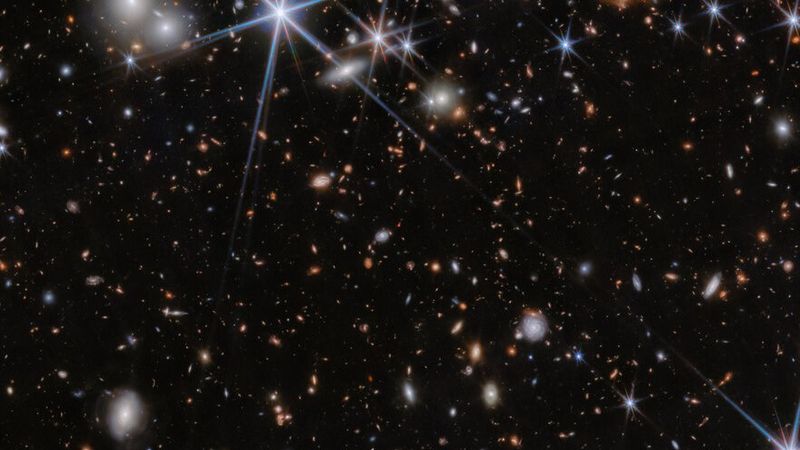In 1866, astronomers were astonished when a star that previously required telescopes to see quickly rose to be the second brightest in the Coronae Borealis constellation for weeks. It seems, however, that the event was not unprecedented: a medieval manuscript reveals a brightening of what may be the same star. If so, it would add to evidence we can expect to see a repetition soon, quite likely next year.
Before telescopes, stars too faint to see with the naked eye sometimes brightened to visibility, earning the designation “nova” or new star. As we learned more about what caused these events the category was broken down into supernovas and ordinary novae. While the former get almost all the attention, novae can be impressive and scientifically important, and T Coronae Borealis (T CrB) is one of the best.
Like other novae, T CrB is actually a pair of stars: a red giant and a white dwarf. Together they normally have an apparent magnitude of 10, making them barely detectable with good binoculars under dark skies. In 1866 and 1946, however, the white dwarf stole enough material off its companion that the system as a whole brightened approximately a thousand-fold to third magnitude.
Pairs where this happens often are known as recurring novae, and they usually explode at regular intervals. It has not escaped astronomers’ notice that if T CrB is on an 80-year cycle, its next explosion should be in 2026, but Professor Bradley Schaefer of Louisiana State University recently provided evidence for a date around April 2024.
Schaefer reasoned that if he is right, T CrB should have exploded before, and might well have been recorded. Finding previous observations would increase confidence that an explosion is coming, and the timeline could help narrow down when we should expect it. Schaefer has now found evidence for two previous explosions, in 1787 and 1217.
Recurrent novae exist because white dwarfs are both much hotter and much denser than most main sequence stars. When the two stars get close enough, the dwarf’s powerful gravity captures material from the companion, heating it up dramatically and causing an explosion of brightness. For some, this occurs on a very regular cycle, although for others the timespan is more erratic.
One recurring nova, V94 Coronae Australis brightens more than 60,000-fold during eruptions. Unfortunately, however, it (and most of the other known repeating novae) are so distant that even at the peak they are difficult or impossible to see without instruments. T CrB is much closer 2,600 light years away, bringing it into the 200 brightest stars during its last two outbursts.
Since some recurring novae have variable periods between brightenings, Schaefer used the timing of a pre-eruption drop in brightness, rather than the length of the previous gap, to work out when to expect the next event. Others have predicted the event for mid-2025 instead.
To add confidence to his estimates, however, Schaefer searched for reports of unknown stars in the Coronae Borealis (northern crown) constellation. He found one from the Reverand Francis Wollaston around Christmas 1787. Wollaston did not record a brightness, but only measured the locations of stars above 7.8 magnitudes.
More impressively, since it long preceded the telescope, Schaefer found a reference in a 1217 report by Abbott Burchard of Upsberg of a star in Corona Borealis that “shone with great light” for “many days”. Burchard considered this a “wonderful sign”. In the 13th century, you probably took your good omens where you could.
Schaefer presents arguments as to why he does not find alternative explanations – such as a comet or supernova – plausible explanations for the reports. Not everyone may be convinced, but we don’t have to wait long to test his prediction.
T CrB was the first nova to be studied using the then-new science of spectroscopy during its 1866 explosion. Although thousands of novae have been observed since, no subsequent nova (or supernova) has been as bright from Earth as its 1946 eruption, although the CP Pup eruption just four years earlier was brighter.
Schaefer’s research has been accepted for the Journal for the History of Astronomy and a preprint is available on ArXiv.org. His previous estimate was reported on The Astronomer’s Telegram.
[H/T Space.com]




